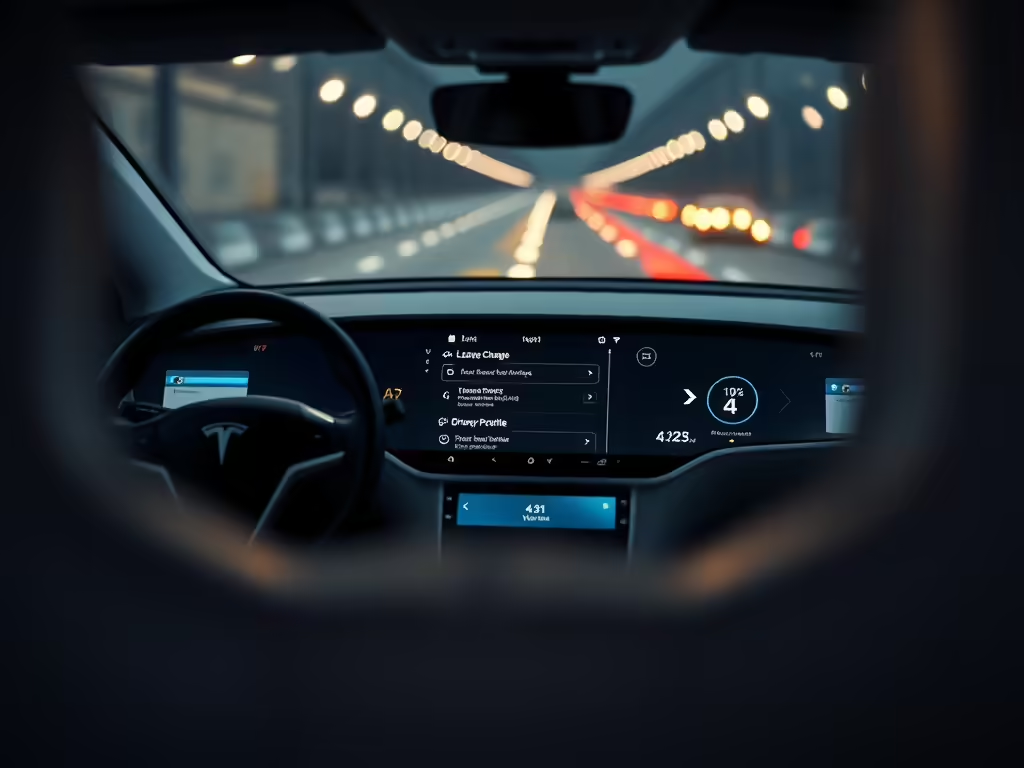
Tesla’s latest Full Self-Driving (FSD) software, version 12.5.6, introduces a series of refinements designed to enhance driving intelligence, personalization, and responsiveness on the road. Key among these updates is an improved lane-change timing system, which adjusts dynamically based on real-time road and traffic conditions, creating a smoother driving flow that feels more human-like.
In an effort to offer a more tailored experience, the FSD software’s driver profiles have been updated, allowing drivers to select among three distinct modes: Chill, Standard, and Hurry. Each profile offers different levels of responsiveness and risk tolerance, enabling users to adjust for a more leisurely, balanced, or assertive drive. This can be particularly beneficial in situations where traffic conditions vary widely, allowing the vehicle to adapt in a way that matches the driver’s desired level of control and safety.
Additionally, the Max Speed Offset system has replaced Autospeed, allowing for custom speed adjustments based on the driver’s preference rather than relying on predetermined limits. This feature allows more flexibility and personalization, especially useful for frequent drivers who prefer a specific speed range across different road types.
Another major improvement is in Tesla’s Vision-Based Attention Monitoring system, which now supports tracking even when drivers are wearing sunglasses. This feature is particularly valuable for monitoring attention levels during long drives and includes heightened monitoring on highways, enhancing overall safety and ensuring the driver remains attentive in high-speed environments.
Initially available to early access users, this software version is expected to be rolled out more broadly, bringing these improvements to a wider audience and advancing Tesla’s pursuit of fully autonomous, user-responsive driving experiences.